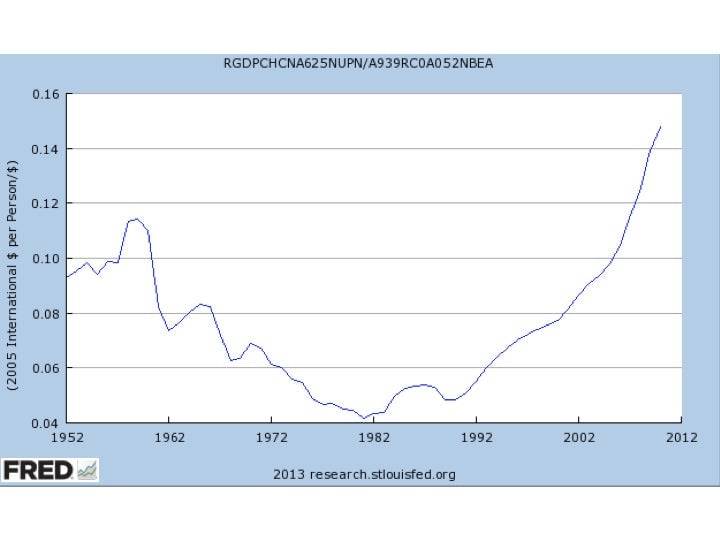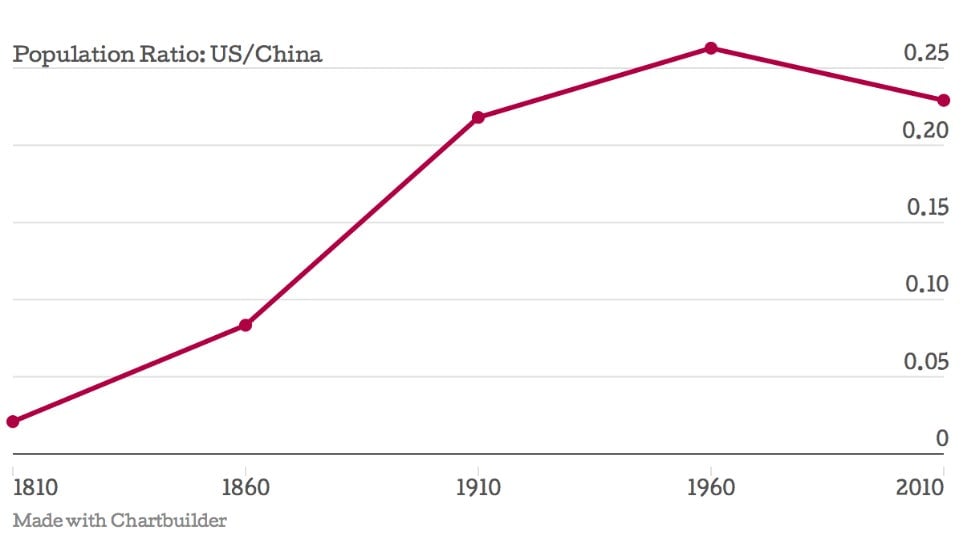Benjamin Franklin’s strategy to make the US a superpower worked once, why not try it again?
Ben Franklin was one of the greatest grand strategists in American history. He “had the vision of the Great Power of the New World” as refugees from the Old World poured in, writes Conrad Black in his page-turning, tour-de-force Flight of the Eagle: The Grand Strategies That Brought America from Colonial Dependence to World Leadership. Franklin then followed up that vision with brilliant diplomacy and sponsoring, along with George Washington, the constitutional efforts of Madison, Hamilton and Jay.


Ben Franklin was one of the greatest grand strategists in American history. He “had the vision of the Great Power of the New World” as refugees from the Old World poured in, writes Conrad Black in his page-turning, tour-de-force Flight of the Eagle: The Grand Strategies That Brought America from Colonial Dependence to World Leadership. Franklin then followed up that vision with brilliant diplomacy and sponsoring, along with George Washington, the constitutional efforts of Madison, Hamilton and Jay.
The flow of immigrants to America was crucial not only in the initial rise of America as a credible power in the world, but also in dealing with the stain of slavery: the North would have been unable to defeat the South in the Civil War if the North had not had a three to one advantage in population because of its greater ability to attract immigrants.
Ratio of Per Capita GDP: China/US

In the rest of the 21st century, America faces another grand-strategic challenge: the challenge of China. Since Deng Xiaoping’s economic reforms were introduced in December of 1978, China’s economy has been growing at a ferocious pace. As former Treasury Secretary Larry Summers put it, at Chinese growth rates, “In a decade, an individual goes from walking to having a bicycle; in another decade to a motorcycle; in another decade or two to having an automobile.” Yichuan Wang explains in “How China’s poorest regions are going to save its growth rate,” the reason the Chinese economy can grow so fast is that it is in the midst of “catch-up growth”: that is, it can copy technologies that have already been researched and developed better than other countries. As shown in the graph above, China went from a per capita GDP (income per person) less than 1/50 of the US level to per capita GDP of roughly 1/6 the US level in the 30 years from 1980 to 2010. It will not be easy for China to get all the way to the US level of income per person, but with half-decent economic policies, it should have no problem getting to half the US level of income per person.
The reason China’s economic rise matters for US grand strategy is that China has a much larger population than the United States. Indeed, as the graph below shows, the US now has less than a quarter the population China has (the extreme measures China has taken to hold down its population growth since 1979 through its one-child policy have stabilized the ratio of US to Chinese population in recent years). Multiplying per capita GDP by population yields total GDP, so if China has 1/4 the per capita GDP, but four times as many people, its total GDP will be the same size. More generally, if China gets to a larger fraction of US per capita GDP (see graph above) than the US population as a fraction of China’s population (see graph below), then China’s total GDP will be bigger. Although per capita GDP is what matters for people’s standard of living, total GDP is crucial for the ability of a country to wage war—or more importantly, to deter other countries from waging war against it. Power corrupts. So even though idealism has had some effect on US foreign policy (as Black details), it should surprise no one that the US has done some bad things as a superpower. Yet I am convinced that the combination of Chinese nationalism and “Communist” oligarchy—or the combination of Chinese nationalism with some tumultuous future political transition in China—would lead a dominant China to behave much worse than the US has.
What can be done to maintain US power relative to China? The worst answer would be to try to inhibit China’s economic growth. Berkeley economics professor and influential blogger Brad DeLong’s rhetorical question says it best:
Does it really improve the national security of the United States for schoolchildren in China to be taught that the United States sought to keep them as poor as possible for as long as possible?
An excellent answer is to do everything possible to foster long-run growth of per capita GDP in the US. At a minimum, this includes radical reform of our system of K-12 education, removing the barriers state governments put in the way of people getting jobs, and dramatically stepped-up support for scientific research. And both the US tax system and the balance in its government spending between (a) mailing people checks in direct government transfers and (b) investments in raising the productive capacity of the economy by, say, keeping roads and bridges in good repair. But when all is said and done, economic growth at the frontier of high living standards is simply harder than catch-up economic growth. So, short of some disaster for China that we should not wish on them, the ratio of China’s per capita GDP to US per capita GDP is bound to go up.
Fortunately, to add to the pro-growth policies listed above, there is another way to increase the size of the US economy that would be remarkably easy: expanding the United States economy—with all of its power to make people richer than they are in most other countries—to encompass a larger share of the world’s people. In the 19th century, many Americans felt a “manifest destiny” to expand the land that the US encompassed—westward, all the way to the Pacific. But in a modern economy, it is human beings and their skills (and the factories and machines their saving makes possible) that are the key to national wealth, not land.
So in the 21st century, we should view claiming more of the world’s people—not more of the world’s land—as the key to national wealth, and therefore, national power. And all we have to do to claim more of the world’s people for the US, is to open our doors to immigration, as the US did in the 18th and most of the 19th century. Ben Franklin knew that America would become a great nation because people from all over the world would eagerly move to America. The key to maintaining America’s preeminence in the world is to return to Ben Franklin’s visionary grand strategy of making many more of the world’s people into Americans.
Before the American Revolution, Franklin said that America “will in another century be more than the people of England, and the greatest number of Englishmen will be on this side of the water.” With a quarter-millennium of additional experience beyond what Franklin had seen, we know that America’s melting pot can make people from anywhere in the world (not just England) into Americans at heart within two generations. And we know that, together with all the other elements of this unbelievable American system, Franklin’s grand strategy for the rise of America worked once. It can work again to keep America on top.
